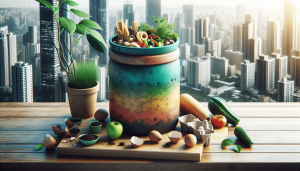Hey there, fellow eco-warriors! In our latest guide, “How Do I Start A Compost Pile?”, we’re diving into the wonderful, green world of composting. Together, we’ll uncover the simple steps and insider tips to turn our kitchen scraps and yard waste into nutrient-rich compost. By the end, we’ll be pros at creating and maintaining our very own compost piles, reducing our carbon footprint, and maybe even growing the lushest garden in the neighborhood. Join us as we embark on this eco-friendly adventure! How do we start a compost pile? This question marks the beginning of a sustainable journey that can significantly benefit our gardens and the environment. Composting is nature’s way of recycling, allowing organic material to return to the soil in a usable form. Whether we live in the heart of a bustling city or on the edge of a tranquil countryside, we can all take part in this rewarding and eco-friendly process.
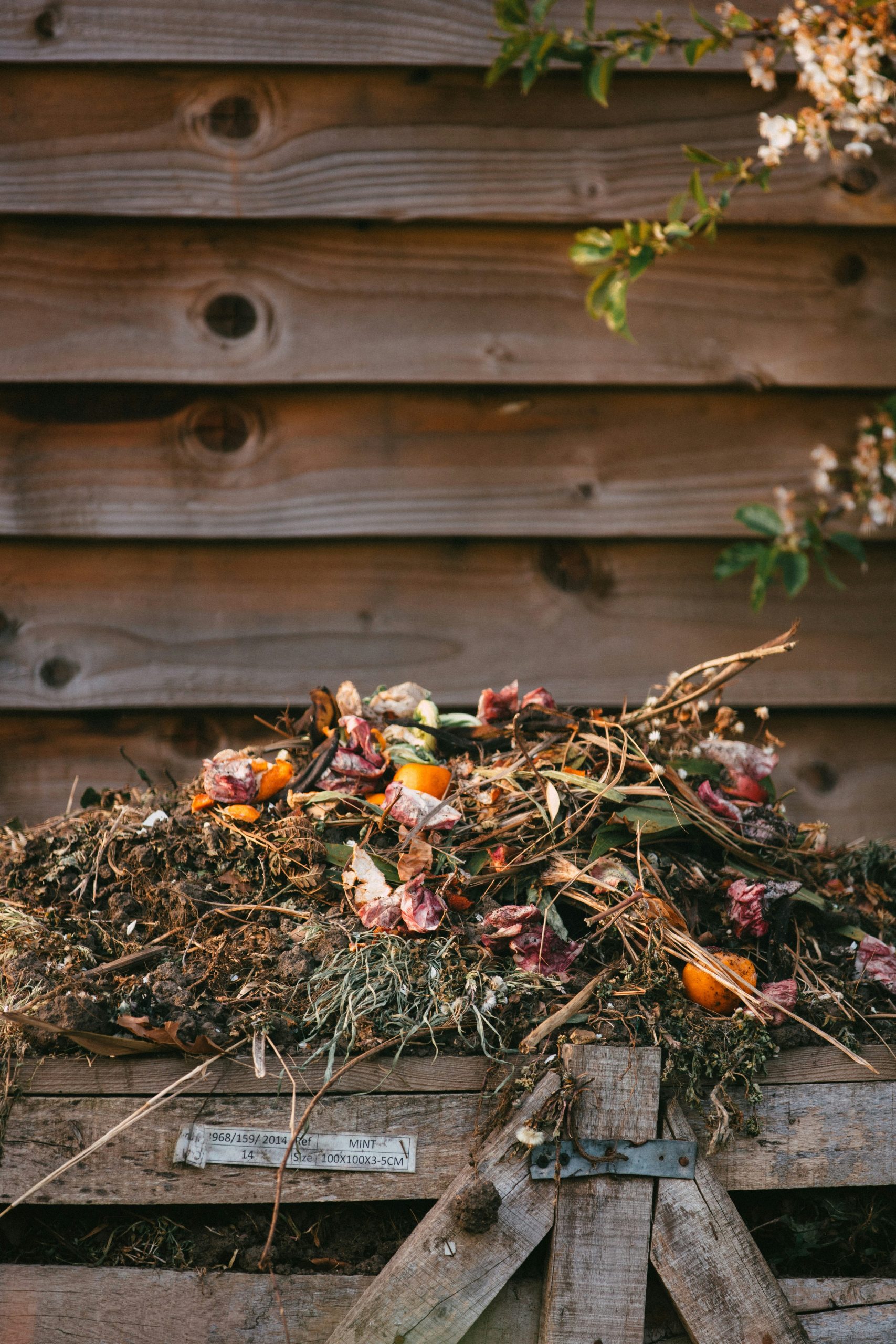
Why Composting is Important
Composting is more than just a method to dispose of kitchen scraps. It’s an essential practice for promoting environmental sustainability. When we compost, we help reduce the waste that ends up in landfills. Organic waste is a major contributor to methane emissions, a potent greenhouse gas. By composting, we’re playing a part in mitigating climate change.
Moreover, composting improves soil structure, enhances the soil’s nutrient content, and helps retain moisture. The rich, dark soil conditioner that results from composting can be used to enrich our gardens, promoting healthier plant growth.
Benefits of Composting
- Reduces Waste: Composting reduces the amount of waste sent to landfills.
- Decreases Greenhouse Gases: Minimizes methane emissions from organic waste decomposition.
- Enriches Soil: Improves soil structure, texture, and aeration.
- Saves Money: Reduces the need for chemical fertilizers, which can be costly and harmful.
- Supports Home Gardening: Produces nutrient-rich compost that promotes plant health and growth.
Getting Started with Composting
Starting a compost pile doesn’t require advanced gardening skills or extensive space. All we need is a basic understanding of what can be composted and a suitable place to start our pile.
Selecting a Composting Site
Choosing the right spot for our compost pile is crucial. We should select a location that is easily accessible but not directly in the way. A shaded area is preferable, as too much sunlight can dry out the compost. It’s also a good idea to find a spot near a water source, so we can easily add moisture when necessary.
Types of Composting Systems
There are several methods of composting, each with its own benefits. Here are some of the most common:
| Type | Description |
|---|---|
| Open Pile | A simple heap of composting materials that requires turning for aeration. Best for larger spaces. |
| Compost Bin | A contained unit that can help manage the pile more neatly and deter pests and rodents. |
| Tumblers | Enclosed bins that can be spun for easy aeration, ideal for smaller spaces. |
| Worm Composting | Uses worms to break down food scraps. Great for indoor composting. |
| Bokashi Composting | A Japanese method using microorganisms to ferment food waste. Suitable for all food types. |
What Can Be Composted?
To ensure our compost is rich and effective, we need to balance “greens” and “browns”:
- Greens: These materials are rich in nitrogen and include fruit and vegetable scraps, coffee grounds, and fresh grass clippings.
- Browns: These are carbon-rich materials and include dry leaves, straw, cardboard, and paper.
Green vs. Brown Ratio
The ideal compost pile should have a balanced mix of greens and browns. Typically, we should aim for a ratio of about 3 parts brown materials to 1 part green materials. This balance helps create the right conditions for the microorganisms to do their job effectively.
| Material Type | Examples | Carbon: Nitrogen Ratio |
|---|---|---|
| Greens | Fruit and vegetable scraps, coffee grounds, tea bags | High in Nitrogen |
| Browns | Dry leaves, cardboard, wood chips, straw | High in Carbon |
Building the Compost Pile
With our composting site chosen and materials gathered, we can start building our compost pile.
Step 1: Preparing the Base
It’s important to start with a layer of coarse materials, such as straw or small branches, to help with aeration and drainage. This layer should be about four to six inches thick.
Step 2: Adding Browns and Greens
Next, we add a layer of browns followed by a layer of greens. Continue layering these materials, ensuring we maintain the carbon-nitrogen balance discussed earlier. Each layer should be a few inches thick.
Step 3: Moistening the Pile
Compost needs moisture to break down properly, but it shouldn’t be soggy. We need to ensure our pile is as moist as a wrung-out sponge. If the pile is too dry, it won’t decompose effectively; if it’s too wet, it can become smelly and anaerobic.
Step 4: Turning the Pile
Aeration is essential for composting. Turning the pile regularly, about once a week, helps introduce oxygen that the microorganisms need. This also helps to mix materials, ensuring more uniform decomposition.
Step 5: Monitoring the Pile
We should keep an eye on our compost pile to ensure it’s working effectively. This involves checking the temperature (it should be warm in the center) and the moisture level. We can use a compost thermometer if we want to be precise.
Frequently Asked Questions About Composting
How Long Does It Take to Compost?
The composting process can take anywhere from a few months to a year, depending on various factors like the size of the pile, the materials used, and how often we turn it. Active composting with regular turning can be as quick as three to four months.
Can All Food Scraps Be Composted?
We should avoid adding meat, dairy products, fats, and oils to our compost pile, as they can attract pests and produce unpleasant odors. While fruit and vegetable scraps are compost-friendly, adding citrus peels in large quantities can make the compost too acidic.
What If My Compost Pile Smells?
A smelly compost pile often indicates that it’s too wet or contains too many greens without enough browns to balance the carbon-nitrogen ratio. We can fix this by adding more browns and turning the pile to improve aeration.
Do I Need to Cover My Compost Pile?
Covering the compost pile helps retain moisture and prevents it from becoming too soggy during heavy rains. We can use a tarp or a compost bin lid for this purpose.
Are Pesticides in Yard Waste a Problem?
Using yard waste treated with pesticides in our compost pile can harm the microorganisms responsible for decomposition. It’s best to avoid these materials or ensure they are from a trusted organic source.
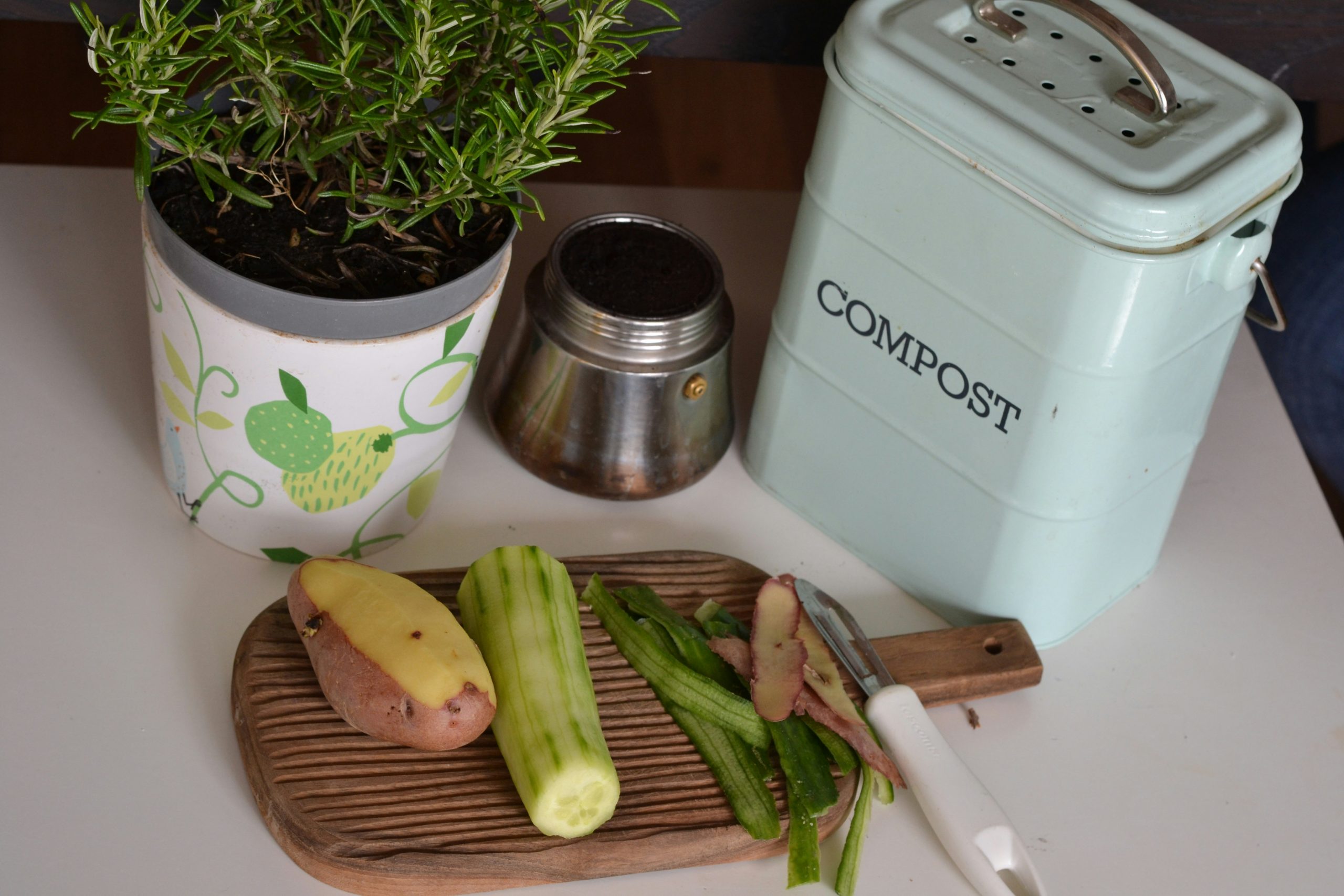
Overcoming Common Composting Challenges
Pests in the Compost Pile
If we notice pests like rodents or insects in our compost pile, we may have added inappropriate food scraps such as meat or dairy. To deter pests, ensure we only add plant-based kitchen scraps and consider using a compost bin with a lid.
Compost Pile Not Heating Up
If the compost pile isn’t heating up, it could be due to a lack of nitrogen-rich materials (greens), insufficient moisture, or not enough aeration. Adding more greens and turning the pile should help increase the temperature necessary for effective composting.
Compost is Too Wet or Too Dry
Maintaining the right moisture level is critical. If the compost is too wet, add more browns and turn the pile to improve aeration. If it’s too dry, we should add water and additional green materials.
Advanced Composting Techniques
For those of us who have the basics down and are looking to take our composting to the next level, here are some advanced techniques:
Hot Composting
Hot composting involves maintaining higher temperatures, between 130°F to 160°F, to decompose materials more quickly and kill off weed seeds and pathogens. This requires frequent turning and careful monitoring of the compost pile’s moisture and temperature.
Vermicomposting (Worm Composting)
Vermicomposting uses worms, typically red wigglers, to break down organic material. This method is excellent for indoor composting and can produce rich worm castings, which are a powerful soil conditioner.
Bokashi Composting
Bokashi composting is an anaerobic process that uses bran inoculated with beneficial microorganisms to ferment organic waste. This method allows us to compost all types of food waste, including meat and dairy, and is ideal for small spaces.
Trench Composting
Trench composting involves digging a trench in our garden bed and filling it with organic material before covering it with soil. This method is simple, requires no turning, and the composted material will enrich the soil directly where we need it.
Using Compost Tea
Compost tea is a nutrient-rich liquid derived from soaking compost in water. It can be used as a foliar spray or soil drench to provide plants with beneficial nutrients quickly. To make compost tea, we fill a container with compost and water, let it steep for a few days, and then strain the liquid for use in our gardens.
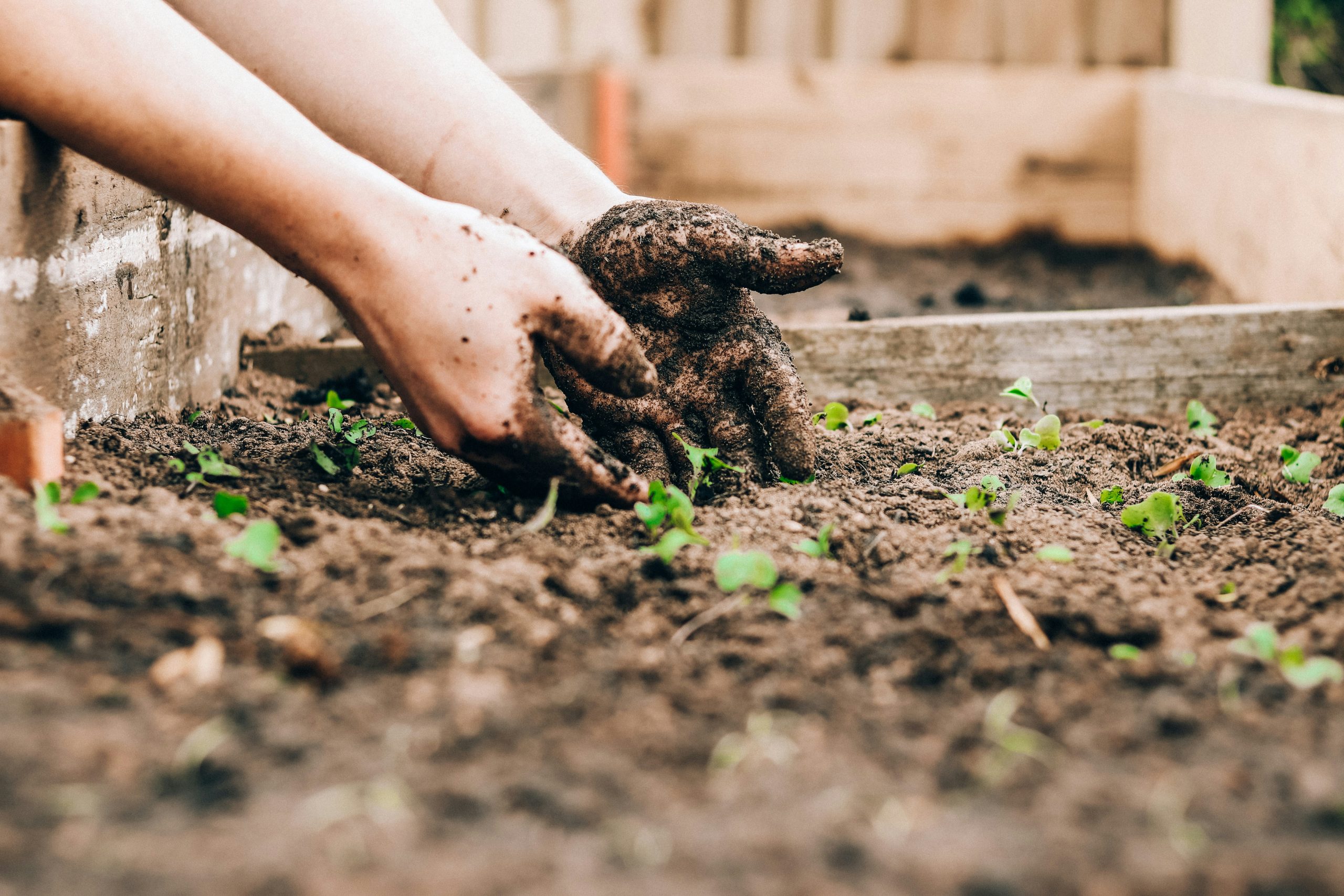
How to Use Finished Compost
Once our compost is dark, crumbly, and smells earthy, it’s ready to use. Here are some ways we can incorporate finished compost into our gardening routine:
Amending Garden Soil
We can mix finished compost into our garden soil to improve its texture, nutrient content, and moisture retention. This can be done at the beginning of the planting season or anytime we prepare new garden beds.
Mulching
Using compost as mulch around our plants helps suppress weeds, retain soil moisture, and provide nutrients as it breaks down further.
Potting Mix
For container gardening, we can mix compost with other materials like peat moss, perlite, or vermiculite to create a nutrient-rich potting mix.
Compost Tea
As mentioned earlier, compost tea can be used to boost plant health. It’s a quick way to provide nutrients to our plants, especially during the growing season.
Environmental Impact of Composting
Composting not only benefits our own gardens but also has a larger positive environmental impact. Here’s how:
Reducing Landfill Waste
A significant portion of what ends up in landfills is organic waste. By composting, we divert this waste from landfills, reducing the space needed for waste disposal and diminishing landfill emissions.
Lowering Greenhouse Gas Emissions
Decomposing organic matter in landfills produces methane, a potent greenhouse gas. Composting significantly reduces these emissions, contributing to our efforts in battling climate change.
Enhancing Soil Carbon Sequestration
Compost improves soil structure, allowing it to store more carbon. This process, known as carbon sequestration, helps offset carbon dioxide in the atmosphere, playing a role in combating global warming.
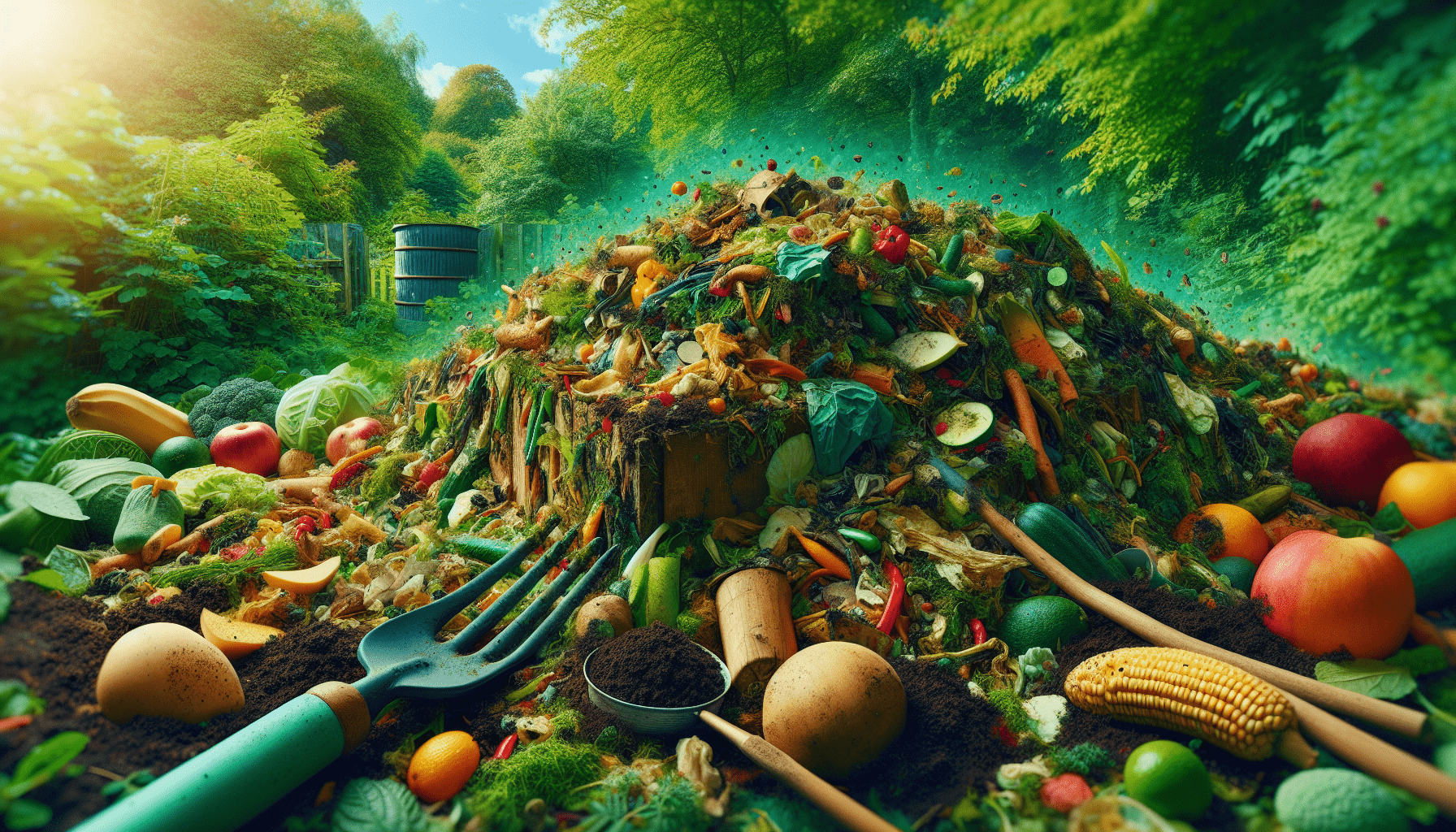
Conclusion
Starting a compost pile is a manageable and rewarding endeavor that has a significant positive impact on our gardens and the environment. By understanding the basics of composting, choosing the right system, and maintaining a balanced pile, we can create nutrient-rich compost to enhance our soil and support healthy plant growth.
As we become more experienced, exploring advanced techniques like hot composting, vermicomposting, and bokashi composting can further enrich our composting journey. Embracing this sustainable practice allows us to reduce waste, lower greenhouse gas emissions, and contribute positively to the environment.
So, let’s grab our kitchen scraps, yard waste, and gardening gloves, and embark on the gratifying journey of composting! By starting a compost pile today, we’re making a small but impactful change for a greener tomorrow.


